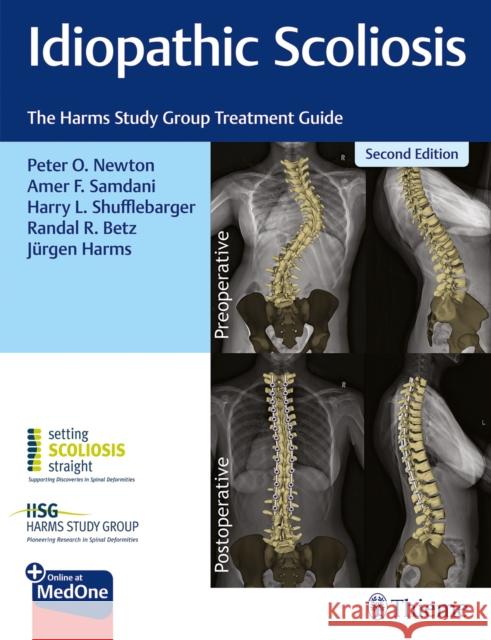Idiopathic Scoliosis: The Harms Study Group Treatment Guide » książka
topmenu
Idiopathic Scoliosis: The Harms Study Group Treatment Guide
ISBN-13: 9781684200559 / Angielski / Twarda / 2021 / 364 str.
Kategorie BISAC:
Wydawca:
Thieme Medical Publishers
Język:
Angielski
ISBN-13:
9781684200559
Rok wydania:
2021
Ilość stron:
364
Waga:
1.37 kg
Wymiary:
28.45 x 22.1 x 2.79
Oprawa:
Twarda
Wolumenów:
01
Dodatkowe informacje:
Bibliografia











